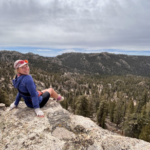One of the privileges of living in the country is being closer and more connected with the natural environment. But over time natural areas have been lost to more profitable land uses. You can manage the land in a way that encourages and promotes wildlife habitat. Working with neighbors and understanding what is happening on other properties will help make your wildlife habitat a success.
Habitat Elements
Wildlife need three basic elements for a supportive habitat.
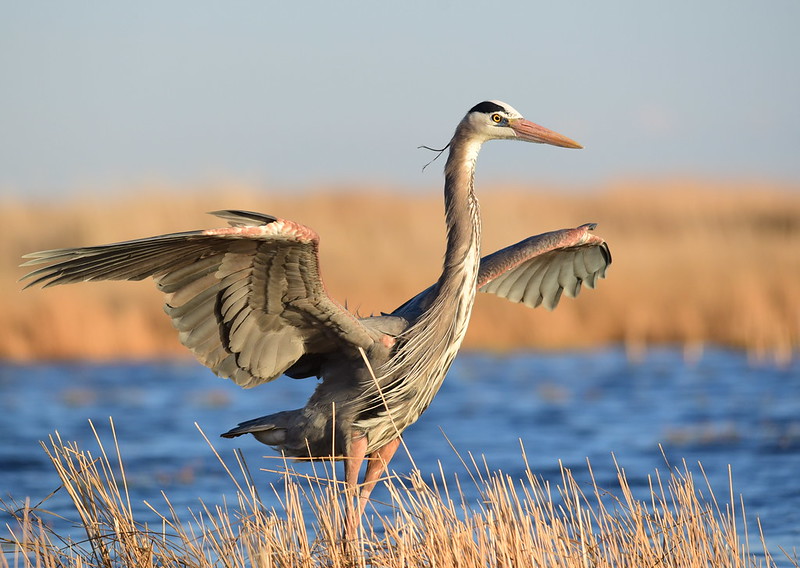
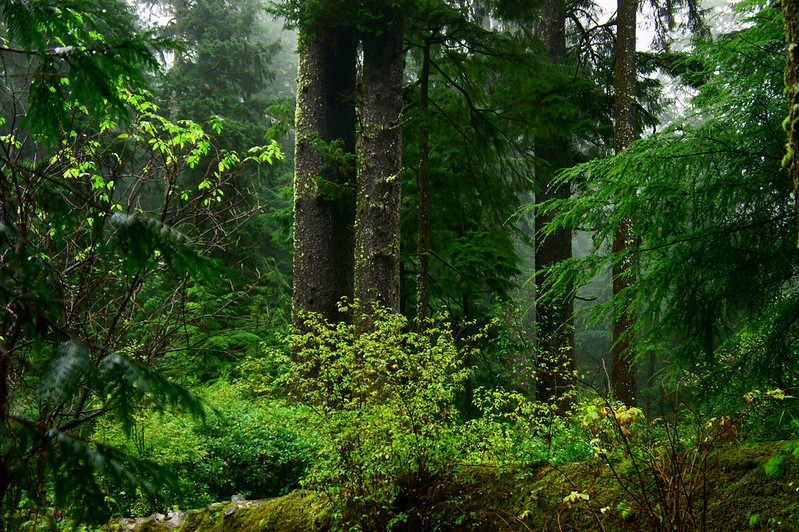
- Food: Animals will venture to your property if there are available food sources. Nuts, seeds, fruits, and commercially purchased bird seed are food types that will help attract wildlife to your property.
- Water: Drinking water sources are essential for wildlife. Clean flowing water, bird baths, and garden ponds are features that will help draw wildlife to your property.
- Shelter: Wildlife needs cover and protection both on your property and when traveling between properties. Bird/bat/bee boxes, hedge-rows, shrubs and trees can provide wildlife with a place to rest, and hide from predators and a covered path for travel.
Planting a diversity of native vegetation at varying heights will help attract wildlife to your property. Developing and maintaining appropriate vegetation at the three different vertical areas (canopy, under-story, and floor) of the natural environment will help provide a variety of habitats on your land. “Avoid plants with a high potential for escaping cultivation and becoming invasive in natural areas, such as butterfly bush (Buddleia davidii).
Tips for Successful Backyard Habitats
- Planning and research are important beginning steps to creating productive back-yard wildlife habitat.
- Choose Native Plants. Using native plants in your landscape supports and enhances local habitat for wildlife, birds and pollinators.
- Reduce the use of chemical when possible and refrain from
unnecessary spraying on natural areas. - Use water efficiently and maintain natural water features,
along with the vegetation that surrounds those features.
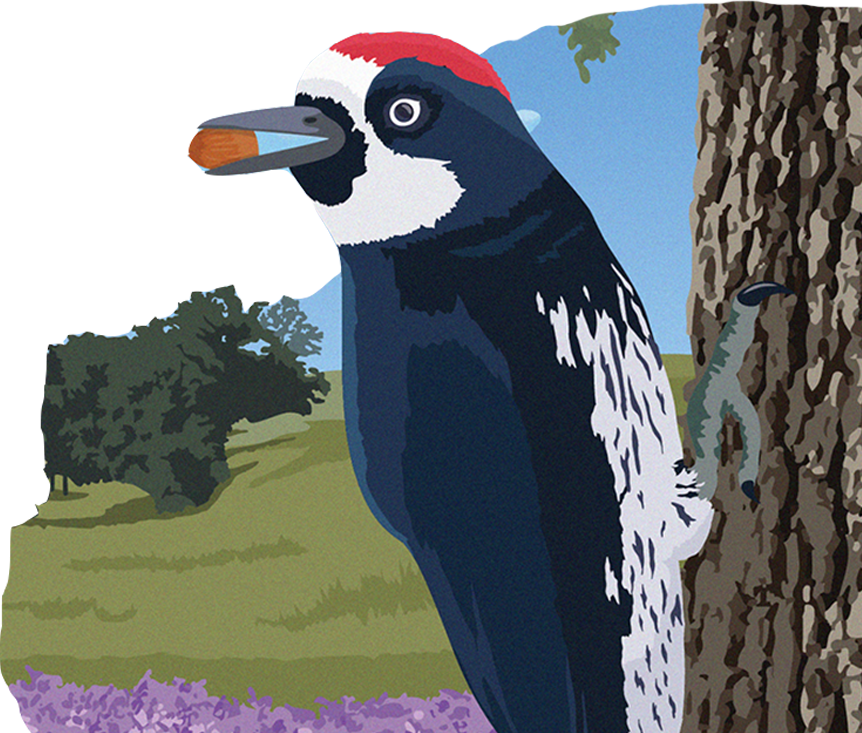
Snags and Dead Trees
Snags and dead trees are important elements to have and leave on your property for wildlife. They provide habitats to roughly 80 different species; reptiles, birds, mammals and amphibians call these features home for at least part of their lives. If you do not have any snags or dead trees on your property, you can girdle unneeded or weedy trees to create snags. Piling woody debris near the forest edge can provide wildlife with places to hide. In dry areas, fire risk must be taken into consideration.
Brush Piles
Brush piles are a simple, no cost structure that anyone can make using the excess woody debris in their yard. By creating a large pile of sticks, these piles offer shelter for numerous wildlife species. Build these structures in a partially sunny wooded area, natural area, or backyard where there are other native plants that wildlife can use. They can range from 3 to 8 ft tall and up to 20 ft wide if the available space allows for it. It is recommended to keep brush piles at no more than 7 per acre, to prevent increased wildfire fuels build up.
Brush piles provide three crucial habitat elements: sanctuary, shelter, and snacks
Sanctuary: birds, amphibians, reptiles, and mammals use these piles as a hiding space from predators, especially in urban and developed areas that are devoid of any natural debris piles.
Shelter: During the harsh winter months, wildlife need a warm dry place to stay safe from the elements. Birds need to find stable, dry places to roost during the winters especially when trees are lacking in proper cover.
Snacks: wherever there’s decaying wood, there will be insects to feed on it. This means food for other creatures, like woodpeckers, other birds and amphibians that feed on protein rich insects.
Read this article to learn more about how to build a brush pile in your yard or natural area!
Habitat Types found in the Willamette Valley
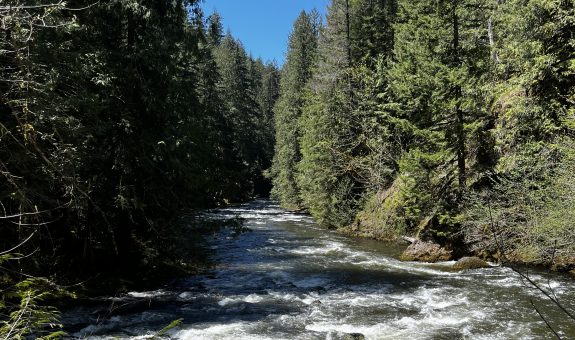
Riparian
Riparian habitat is the dynamic interface between flowing water and land. This includes land along streams, rivers, intermittent streams, creeks, alluvial floodplains, lakes and other water bodies. These terrestrial habitats are unique from uplands because their soils and vegetation are shaped by the presence of water.
Visit our Riparian Habitat page for more information.
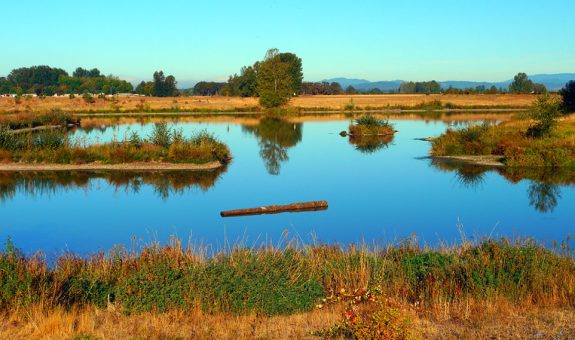
Wetlands
Wetlands are identifiable by the presence of water either permanent or seasonally, plants that are adapted to wet conditions, and hydric soils. Wetlands are a high priority critically endangered habitat, because of the variety of wildlife they host, and the benefits they provide to the ecosystem.
Visit our Wetland Habitats page to learn more.
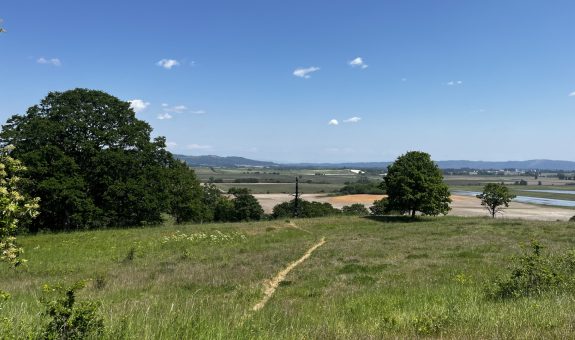
Oak Woodlands and Savannas
Oak woodlands and savannas are habitats that are shaped by the presence of the keystone species, the Oregon White Oak tree. These trees alone provide habitat for hundreds of species of wildlife, creating an interconnected network of ecosystem services.
Visit our Oak Woodlands and Savannas page for more information.
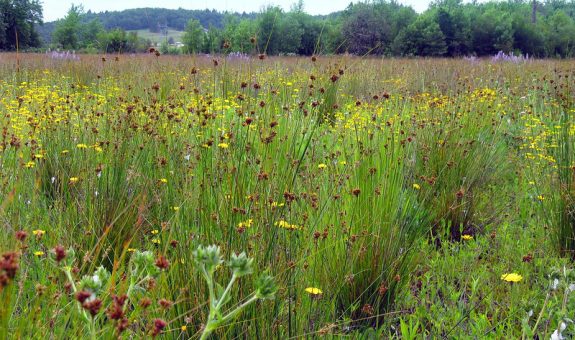
Grasslands
Also known as prairies, these landscapes are dominated by grasses, forbs, wildflowers. In the Valley, we see a mosaic of wet and dry prairies that are home to vegetation based on the presence of seasonal water or higher saturated soils. Less than 1% of historic grasslands remain in the Willamette Valley from what was once here prior to European settlement, and these habitat types are of high conservation priority in Oregon.
Visit our Grassland Habitat page for more information.
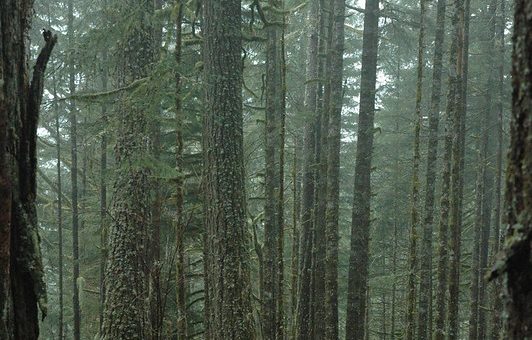
Mixed Hardwood-Conifer Forests
Bigleaf maple, red alder, and mixed low-elevation conifers characterize this habitat which is widespread throughout western Oregon, as well as into western Washington and northern California. In the Willamette Valley, these forests are often dominated by Douglas fir, western Hemlock, western red cedar.
Learn more at our Mixed Hardwood-Conifer Forest habitat page.
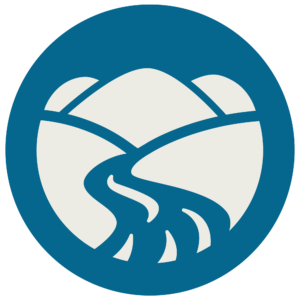
Start Planning
If you have land that you are interested in restoring for wildlife habitat, learn about what resources are available to you through programs such as the Conservation Reserve Program, Conservation Reserve Enhancement Program, or reach out to your nearest Watershed Council or SWCD to learn how Conservation Planning can help you.
Recommended Habitat Resources

Recommended Habitat Resources
To learn about restoring salmon habitat, visit Wild Salmon Center, the the leading group working to protect the strongest wild salmon rivers around the entire North Pacific, from northern California and the Pacific Northwest, up to British Columbia and Alaska and across to Russia and Japan.
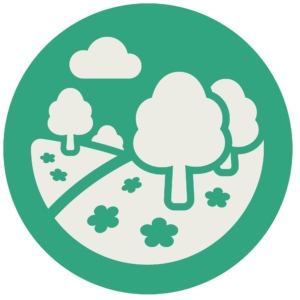
Oak Habitat
To learn about Oak Savannah habitat restoration, visit Lomakatsi, a leader in the field of oak restoration.
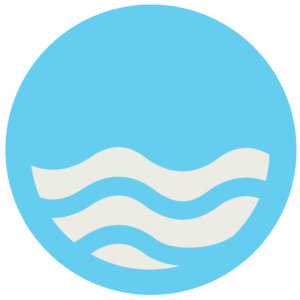
Wetlands
Learn about restoring wetland habitat on your land, visit Farm Service Agency’s Farmable Wetlands Program site.
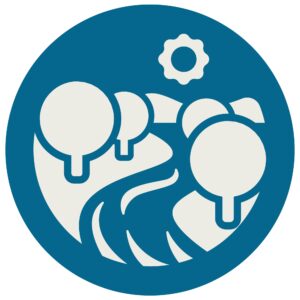
Riparian Habitat
Learn how the Farm Service Agency’s Conservation Reserve Enhancement Program can help you restore streamside habitat. To learn about CREP, visit https://www.fsa.usda.gov/programs-and-services/conservation-programs/conservation-reserve-enhancement/index.
Connect with our Multi-County Riparian Technician to get started.
Contact Us
Contact our Natural Areas Conservation Planner for help getting started with habitat restoration projects.
